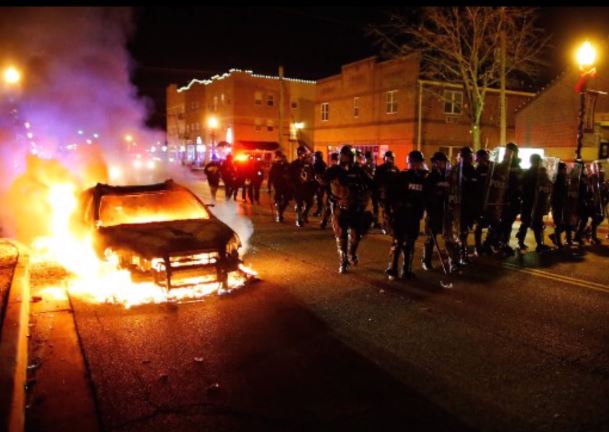Burlington, Vermont, has been grappling with the repercussions of a decision to reduce its police force amid the national backlash against law enforcement following the killing of George Floyd in 2020. The city council voted to cut police staffing by 30%, resulting in a significant decrease from 105 to 74 officers. Despite the intent to address community concerns regarding police conduct, the outcome has led to rising levels of crime, drug addiction, and homelessness, which local officials and community members are now recognizing as detrimental to public safety. The shift in policing, once thought to be a progressive move, has turned into a regrettable decision that the community is struggling to navigate.
City Council President Ben Traverse acknowledges the consequences of the staffing cuts, asserting that there’s been a marked increase in drug trafficking, drug use, and instances of retail theft. These crime reports have alarmed residents, who are increasingly unsafe in their neighborhoods. According to the latest crime statistics, incidents of aggravated assault have risen by 40%, while gun violence has dramatically surged by almost 300%. Such alarming statistics indicate a deteriorating sense of security among residents, amplifying their fears concerning public safety as they find it dangerous to be out at night.
The response to the initial cuts has not resolved the issues Burlington faces; in fact, attempts to restore police numbers have proven unsuccessful. Although the city government raised the police department’s staffing levels to 87 approved positions in 2022 and again this year, the department currently operates with only 68 officers. The lack of interest shown by prospective recruits in working for Burlington’s Police Department reflects deeper issues within city governance. Local business leaders, like Ernie Pomerleau, have voiced their concerns, reiterating that supporting law enforcement is essential to addressing the rising levels of crime and social decay that have taken hold in the city.
Burlington’s struggles mirror a wider trend observed in several U.S. cities, including Portland, Oregon, and Minneapolis, where the initial enthusiasm for reducing police funding has been tempered by the harsh realities of increasing crime. Residents in these cities are now facing crippling quality-of-life issues, directly related to the policies that were meant to reevaluate and reform policing. Unfortunately, despite the evident setbacks in Burlington, local election outcomes have not reflected a shift in public sentiment against these leftist policies. Recently, the city elected a Progressive mayor and added seats for the Progressive Party on the city council, reinforcing the existing leftist-dominated governance.
This political landscape suggests that the community’s connection between increasing crime and anti-police sentiment may not have fully translated into a demand for change at the ballot box. With Democrats holding six seats and a coalition of Progressives further solidifying their influence, it appears that the city may continue to embrace these policies rather than make significant changes to bolster its police force. This situation raises questions about effective governance and responsiveness to public safety concerns, which are clearly manifesting in the day-to-day lives of Burlington residents.
The Burlington Police Officers Association has publicly criticized city leaders for their lack of support for law enforcement. The union has pointed out that the dwindling number of cadets willing to join the department speaks volumes about the community’s environment for policing. City Councilwoman Joan Shannon expressed concern over the unsteady officer retention rate, recognizing that losing more officers than are gained creates an unsustainable situation. As Burlington attempts to navigate this crisis, the dichotomy between the city’s political leadership and its growing public safety challenges remains stark, highlighting a critical need for reevaluation and grounded decision-making in local governance.

